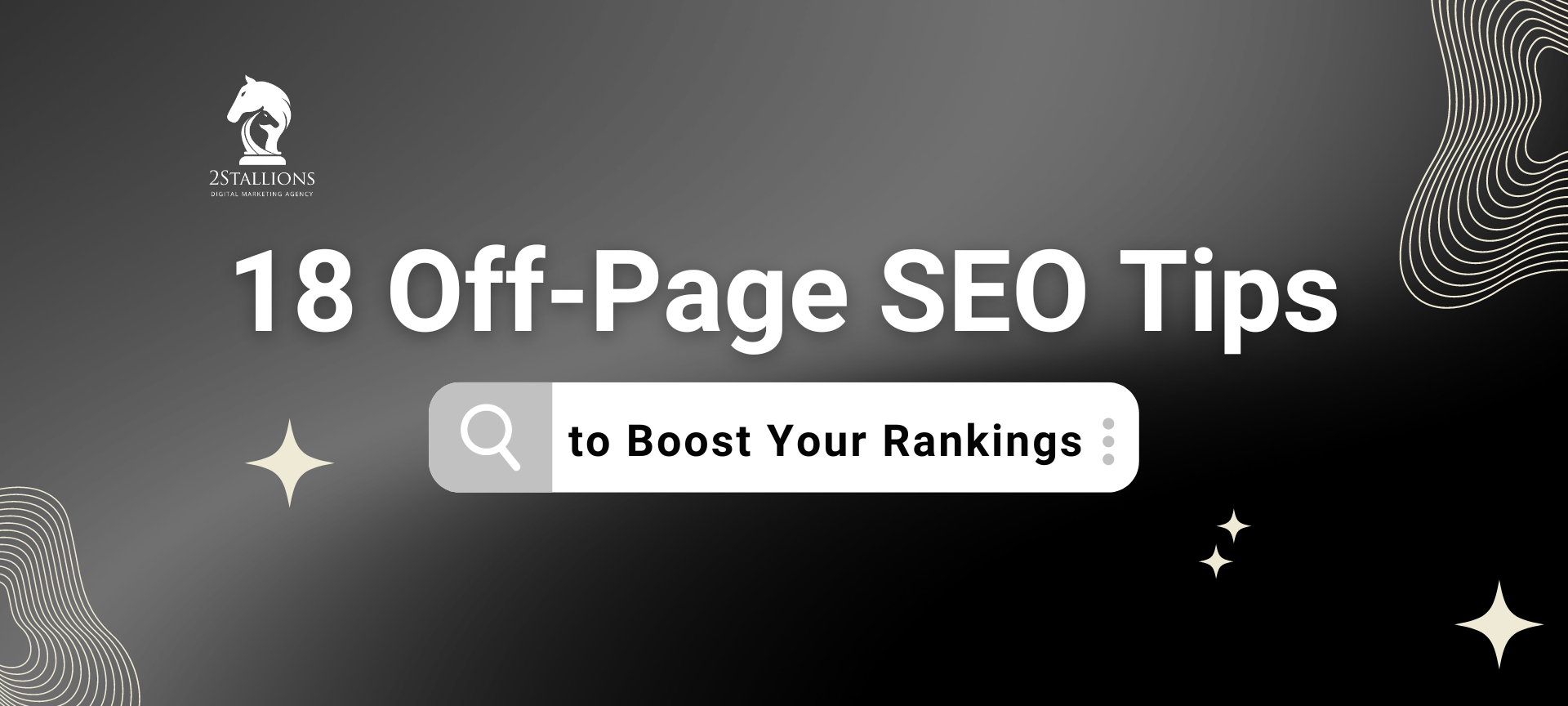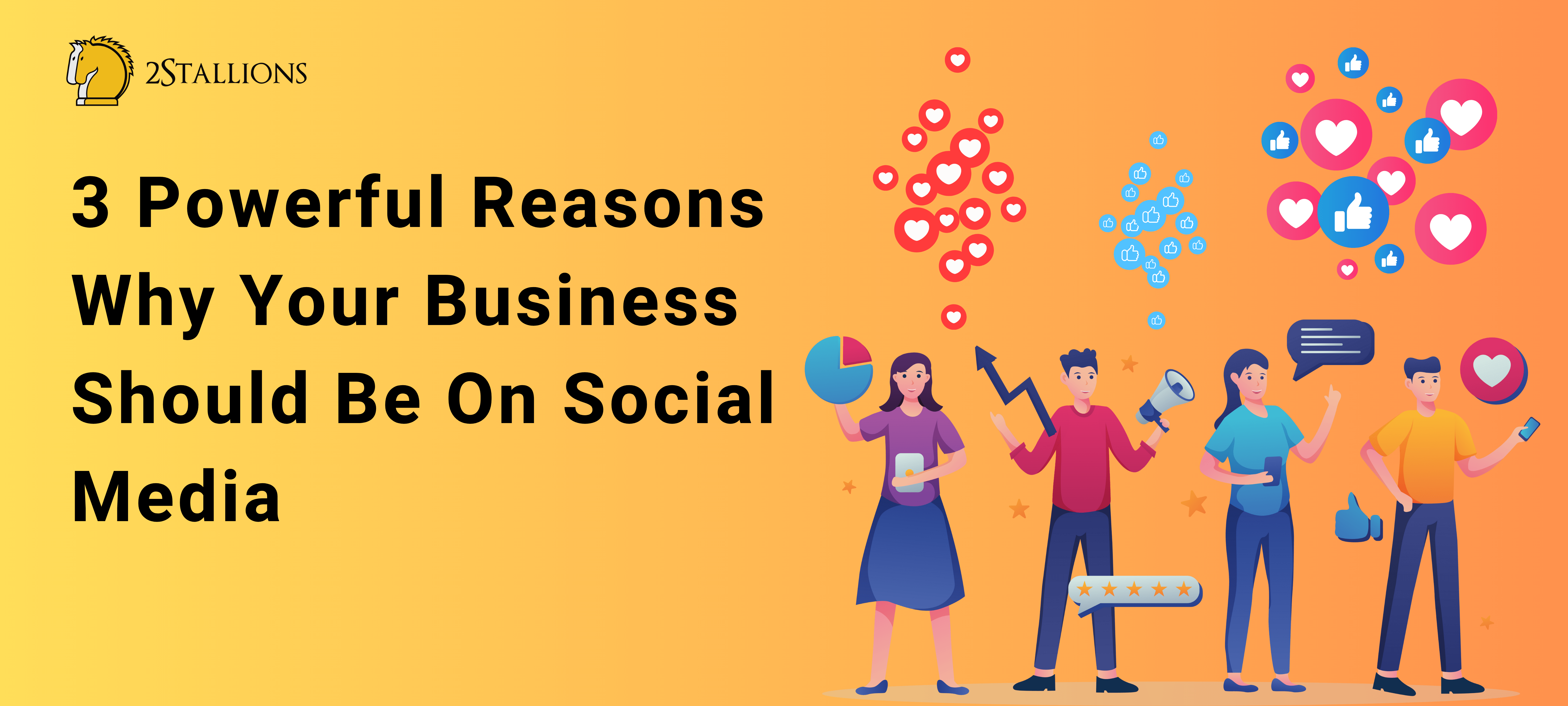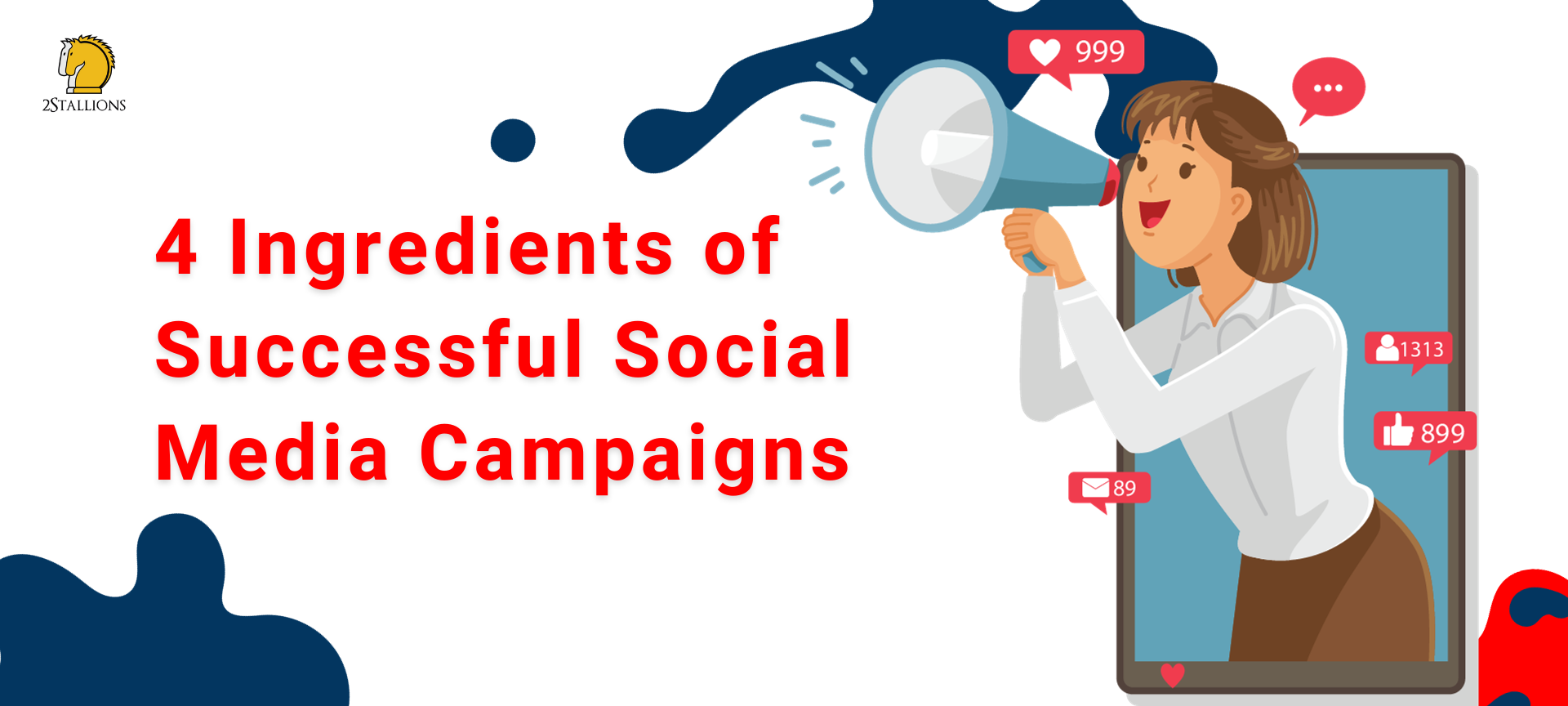Content
SHARE
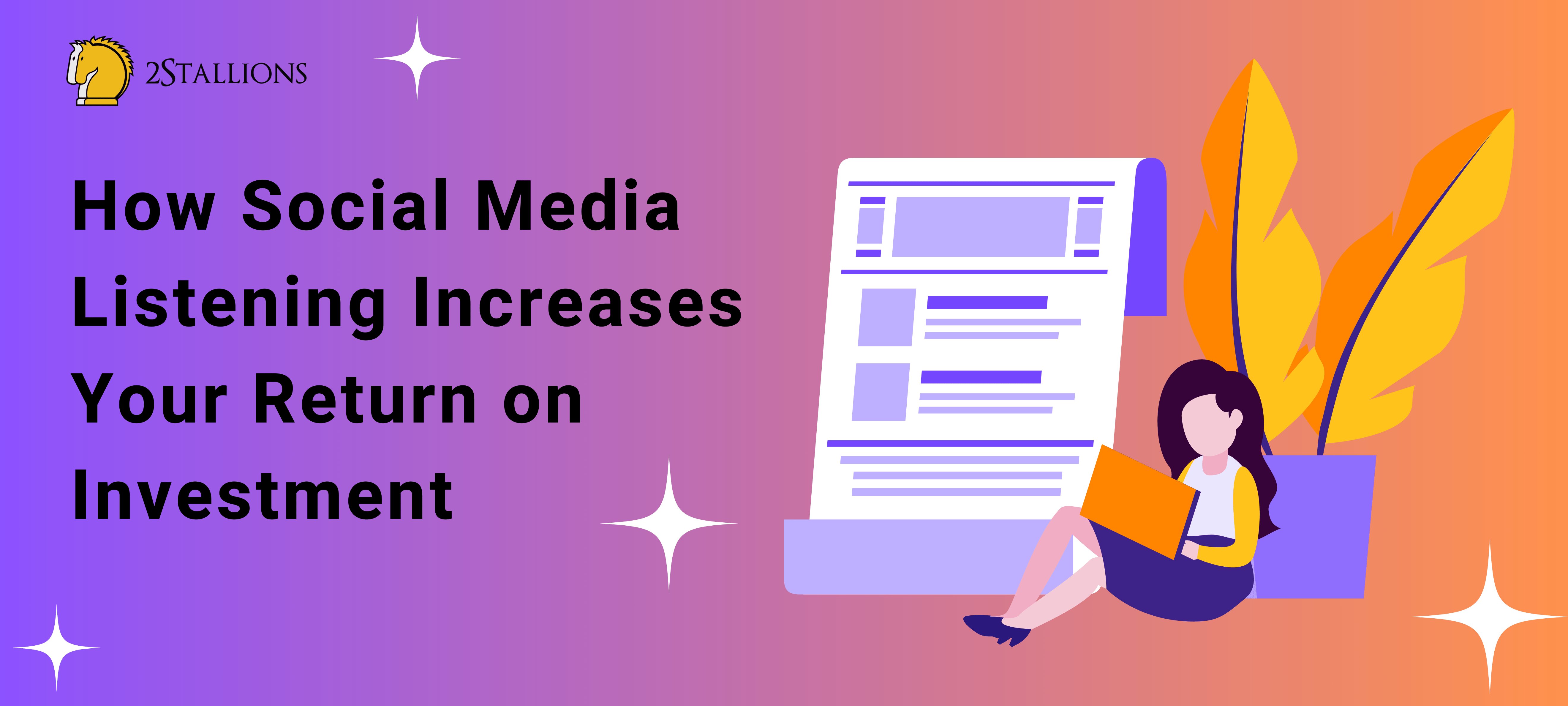
Social media listening does more than look at what’s happening on your social networks and pull insights from your social data. It also plays a pivotal role in increasing your return on investment (ROI).
Don’t know how this process does the trick? Carry on reading. We’ve listed exceptional ways in which social media listening maximises your investment returns.
[thrive_leads id=’8449′]
Social Media Listening, also known as social media monitoring or social listening, is a crucial component of modern digital marketing strategies. It systematically tracks, analyses, and responds to conversations and mentions on various social media platforms. Understanding the importance of Return on Investment (ROI) in social media activities is essential for businesses to maximise the benefits of their efforts.
 How Can Social Media Listening Increase Customer Advocacy
How Can Social Media Listening Increase Customer Advocacy
Social media listening can enhance customer advocacy by giving businesses valuable insights into customer sentiments, preferences, and opinions. By actively monitoring and analysing social media conversations, companies can cultivate a more positive relationship with their audience, leading to increased customer advocacy. Here’s how social media listening contributes to and increases customer advocacy:
Proactive Issue Resolution
Social media listening allows businesses to identify and address customer concerns or issues quickly. By promptly resolving problems raised by customers on social media platforms, companies demonstrate their commitment to customer satisfaction. This proactive approach not only resolves individual issues but also showcases the company’s dedication to providing a positive customer experience.
Personalised Engagement
Businesses gain insights into individual customer preferences and behaviours through social media listening. This information lets companies personalise their interactions, tailoring content and responses to align with customers’ interests. When customers feel that a brand understands and values them, the likelihood of them becoming advocates increases. This often translates into active promotion of the brand within their social circles.
Acknowledging and Celebrating Advocacy
Social media listening helps identify customers who actively promote and advocate for a brand. Recognising and celebrating these advocates on social media can foster a sense of loyalty and appreciation. Acknowledging customers who share positive experiences strengthens the bond with existing advocates and encourages others to become advocates themselves.
Feedback Integration and Improvement
Social media listening provides an ongoing feedback loop that informs businesses about what customers appreciate and what they find lacking. Companies show customers their opinions matter by integrating this feedback into product or service improvements. This iterative process builds trust and loyalty, transforming satisfied customers into vocal advocates who share their positive experiences with others.
Building Community and Social Proof
It helps businesses identify and connect with communities of like-minded individuals who share an interest in their products or services. Engaging with these communities and leveraging user-generated content as social proof can amplify positive sentiments. When potential customers see others advocating for a brand, it builds credibility and trust, making them more likely to become advocates themselves.
Strategic Content Creation
Businesses can identify trending topics and themes within their industry by analysing social media conversations. Creating content that aligns with these trends positions the brand as relevant and current. When customers find the content relatable and shareable, they are more likely to transform into advocates who actively promote and share the brand’s messaging.
Surprise and Delight Campaigns
Social media listening assists businesses in uncovering opportunities for surprise and delight campaigns. These initiatives involve unexpected gestures, promotions, or personalised experiences for customers. When customers are pleasantly surprised, they are more likely to share their positive experiences on social media, contributing to increased advocacy.
 Why Is Social Media So Attractive To Consumers
Why Is Social Media So Attractive To Consumers
Social media’s attractiveness to consumers lies in its capacity to satisfy fundamental human needs, such as connection, information, entertainment, and self-expression. The platform’s dynamic nature, coupled with features that enable real-time interaction and content sharing, makes it a compelling space for users.
Connection and Socialisation
Social media platforms allow users to connect and communicate with friends, family, and peers regardless of geographical distances. For instance, Facebook allows users to maintain relationships, share updates, and engage in conversations, fostering a sense of connectedness.
Information and News Consumption
Social media is a real-time news source that informs users about global events and trends. X (formerly known as Twitter), for instance, has gained recognition for its role in breaking news stories, allowing users to access information quickly and participate in discussions surrounding current events.
Entertainment and Content Consumption
Social media platforms offer diverse content, including videos, images, and memes, catering to users’ entertainment needs. Platforms like Instagram and TikTok thrive on visual content, providing users with a constant stream of engaging and shareable videos.
Self-Expression and Identity Formation
Users utilise social media to express their personalities, interests, and opinions. With its emphasis on visual content, Instagram enables users to curate their brand through photos and captions, fostering a sense of self-expression and identity.
Community Building
Social media facilitates the formation of communities based on shared interests, hobbies, or causes. Reddit, for example, hosts various subreddits where users with common interests can engage in discussions, share content, and build a sense of belonging within their niche communities.
 Influencer Culture and Aspiration
Influencer Culture and Aspiration
Influencers on platforms like YouTube and Instagram significantly impact consumer behaviour. Users are drawn to influencers who showcase lifestyles, products, or experiences that resonate with their aspirations. For instance, a fashion influencer promoting a particular brand can influence consumer choices and purchasing decisions.
Feedback and Validation
Social media platforms allow users to share their achievements, experiences, and opinions, seeking peer validation and feedback. Likes, comments, and shares serve as forms of social validation. Snapchat’s “Streaks” feature, where users maintain a consecutive daily snap exchange, shows how social validation can drive engagement.
FOMO (Fear of Missing Out)
Social media often creates a sense of FOMO as users witness the experiences and activities of their connections. Snapchat’s Stories feature, where the content disappears after 24 hours, contributes to the fear of missing out on real-time updates from friends and influencers.
User-Generated Content and Participation
Social media platforms encourage users to contribute content, fostering a participatory culture. YouTube, for instance, allows users to create and share videos, building a community around user-generated content.
 Difference Between Social Listening and Social Monitoring
Difference Between Social Listening and Social Monitoring
Social listening and social monitoring are two related but distinct practices within the realm of social media management. While both involve tracking and analysing online conversations, they serve different purposes and have unique focuses.
Social Listening
Social listening is a comprehensive practice that involves actively analysing and understanding the broader context of social media conversations. It extends beyond direct brand mentions to include discussions about industry trends, competitor activities, and relevant keywords. The primary goal of social listening is to gain insights into customer sentiments, preferences, and emerging trends, providing a strategic foundation for businesses to adapt to changing market dynamics. For example, a company engaged in social listening might track conversations about their products or services and discussions related to industry innovations and sentiments towards competitors.
Social Monitoring
On the other hand, social monitoring is a more focused practice centred around tracking and measuring direct mentions of a brand, product, or specific keywords on social media platforms. It is primarily concerned with quantitative metrics, such as the volume of mentions, sentiment analysis of brand-related conversations, and engagement metrics. The scope of social monitoring is narrower than social listening, focusing on real-time tracking of brand-related activities, customer feedback, and immediate responses to inquiries or concerns.
The main purpose of social monitoring is to track brand reputation, manage customer service issues, and respond promptly to customer inquiries, maintaining a proactive approach to customer engagement. For instance, a company engaged in social monitoring might closely track mentions of its brand name, product names, or relevant hashtags to gauge customer sentiment and address any issues that arise promptly.
The Takeaway
Enhancing your social return on investment (ROI) begins with a commitment to measurement and analysis. Elevating your efforts from mere social media monitoring to active social listening is crucial. Social listening goes beyond basic observation and is pivotal in lead generation, optimising campaigns, and fostering meaningful customer engagement. By embracing social listening, businesses position themselves to unlock valuable insights, refine strategies, and ultimately amplify the impact of their social media endeavours.
Take your brand’s digital impact to soaring heights with 2Stallions – the leading social media marketing firm that exudes creativity and expertise. Let us elevate your social media game with captivating content and strategic prowess. Join forces with us and unlock digital success with 2Stallions!
Originally published: 6 May 2021
Updated: 11 December 2023
Frequently Asked Questions about Social Media Listening
How Can Social Media Improve ROI?
Social media can improve ROI by providing a platform for targeted and cost-effective marketing efforts. Through strategic content creation, engagement with the audience, and data-driven campaigns, businesses can enhance brand visibility, attract new customers, and foster customer loyalty. Additionally, social media advertising allows for precise audience targeting, ensuring that marketing budgets are utilised efficiently. The real-time nature of social media also enables businesses to adapt quickly to market trends, optimising their strategies for better returns.
What Is Social Media's Return On Investment (ROI)?
Social media return on investment (ROI) measures the profitability of an organisation’s social media efforts. It evaluates the financial gains or losses generated from social media activities in relation to the investment made, including time, resources, and advertising spending. ROI in social media is often calculated by assessing the impact on key performance indicators (KPIs) such as lead generation, conversion rates, customer acquisition costs, and overall revenue generated through social media channels.
What Are The Benefits Of Social Media Listening?
Social media listening offers several benefits for businesses, including:
- Customer Insights: Understanding customer sentiments, preferences, and behaviours.
- Competitive Analysis: Gaining insights into competitor activities and market trends.
- Brand Reputation Management: Monitoring and addressing brand mentions to maintain a positive image.
- Product Feedback: Collecting feedback on products and services to drive improvements.
- Crisis Management: Identifying and addressing issues promptly to mitigate potential crises.
- Market Research: Accessing real-time data to inform strategic decision-making.
Which Social Media Platform Has The Highest Return On Investment (ROI)?
The return on investment (ROI) from social media can vary depending on the industry, target audience, and the goals of a specific marketing campaign. Different platforms may be more effective for different businesses. However, Facebook, with its extensive user base and diverse advertising options, is often considered a platform with high ROI potential. Instagram, LinkedIn, and X (formerly known as Twitter) also offer valuable opportunities for businesses to effectively reach and engage with their target audience. The key is to understand the characteristics of each platform, tailor content to the audience, and continually analyse performance metrics to optimise ROI.

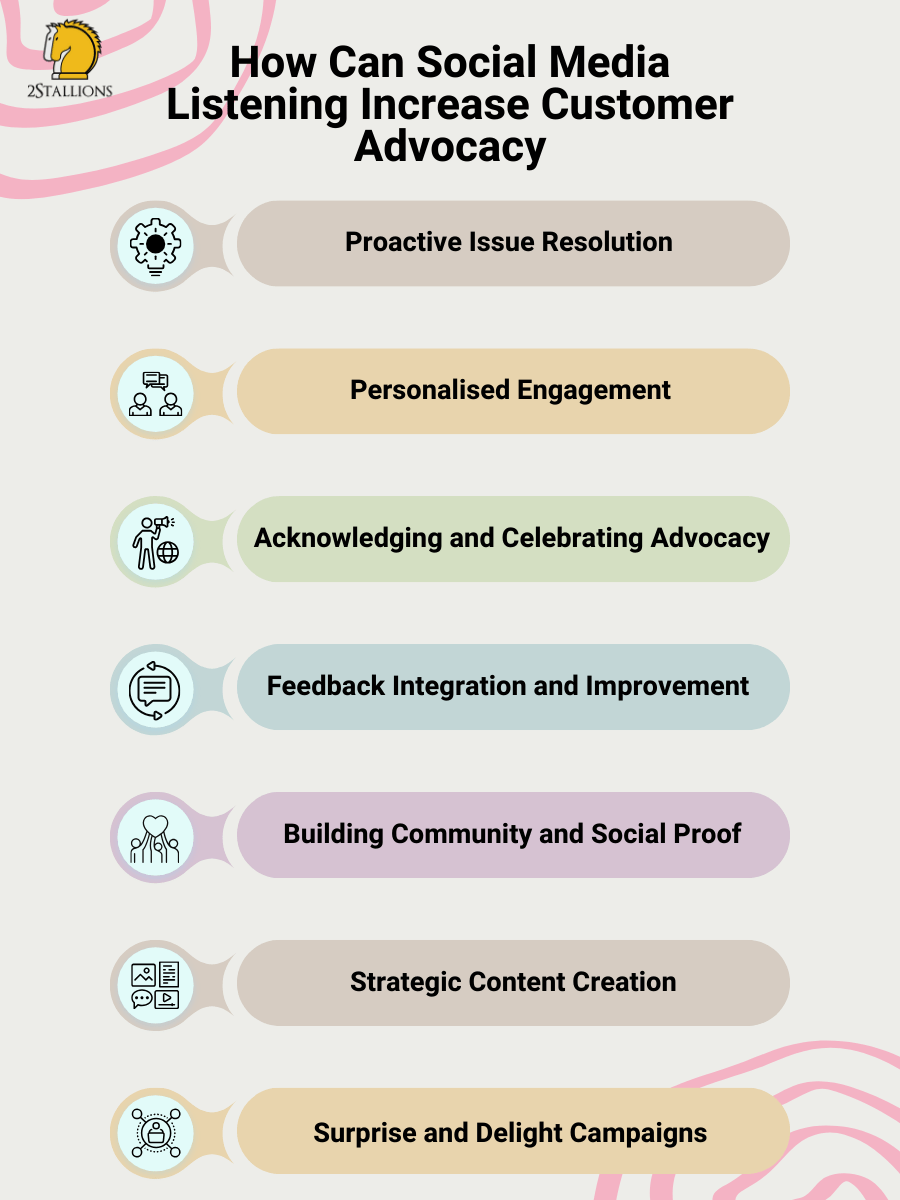 How Can Social Media Listening Increase Customer Advocacy
How Can Social Media Listening Increase Customer Advocacy Why Is Social Media So Attractive To Consumers
Why Is Social Media So Attractive To Consumers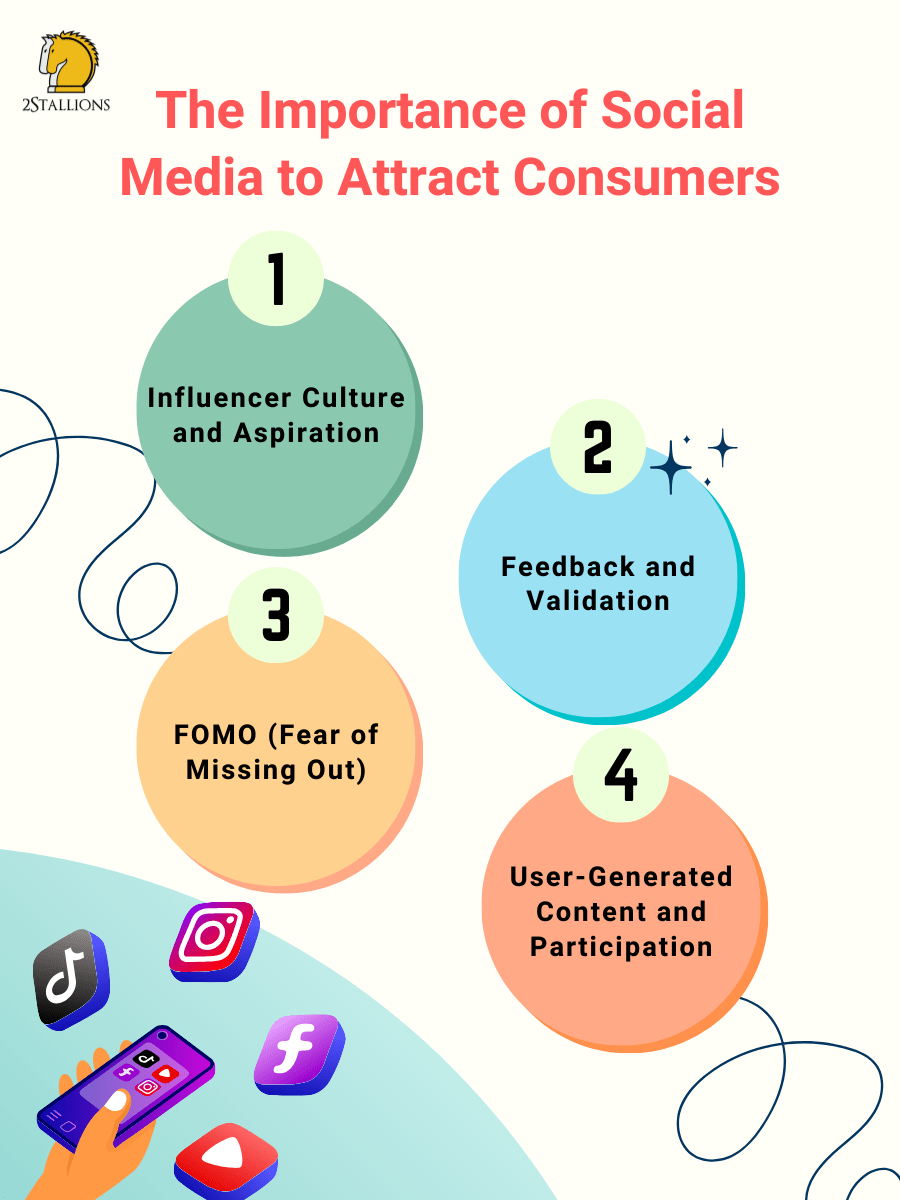 Influencer Culture and Aspiration
Influencer Culture and Aspiration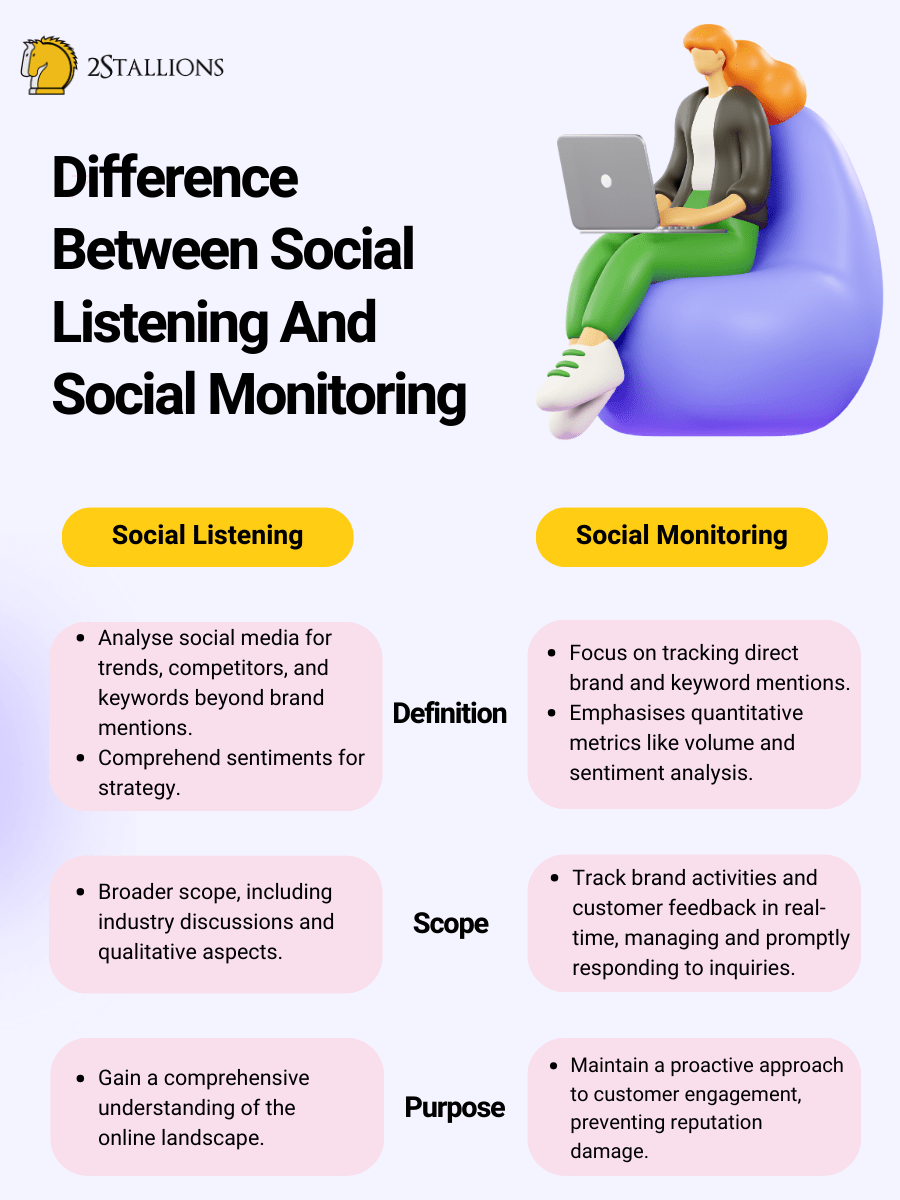 Difference Between Social Listening and Social Monitoring
Difference Between Social Listening and Social Monitoring


